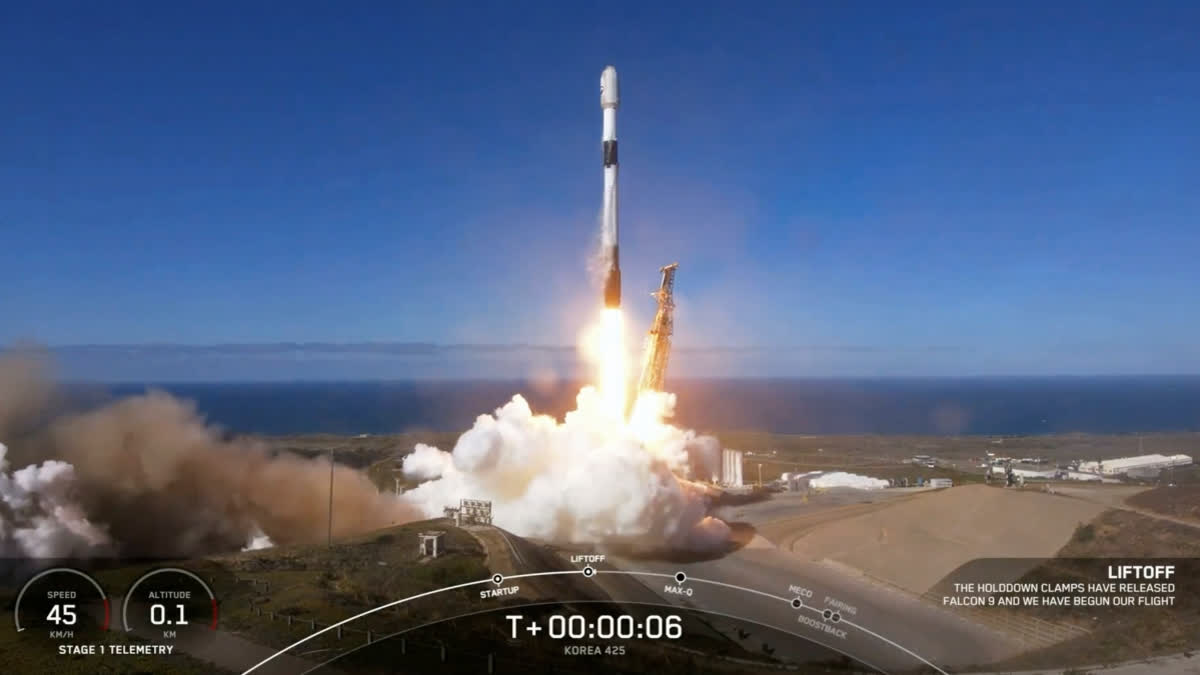Vandenberg Space Force Base (US): South Korea launched its first military spy satellite into space Friday, a little over a week after North Korea claimed to put its own spy satellite into orbit for the first time as tensions rise between the rivals.
Launched from California's Vandenberg Space Force Base using SpaceX's Falcon 9 rocket, it was the first of five spy satellites South Korea plans to send into space by 2025 under a contract with SpaceX. The event had been scheduled for earlier in the week but was pushed back because of weather conditions.
South Korea had no military reconnaissance satellites of its own in space and has partially resorted to the United States' spy satellites to monitor moves by North Korea. South Korea's Defense Ministry described the launch as successful, saying the satellite had a communication with an overseas ground station.
A ministry statement said the launch allowed the South Korean military to acquire an independent spaced-based surveillance system. It said the satellite would also help bolster the military's preemptive missile strike capability, a key part of its so-called three-axis system that includes missile defense and massive retaliatory capabilities.
After two launch failures earlier this year, North Korea said it successfully placed its Malligyong-1 spy satellite into orbit last week. South Korea confirmed that the satellite entered orbit, but officials said they need more time to verify whether it is working properly.
North Korea said Tuesday that leader Kim Jong Un reviewed imagery taken by the Malligyong-1 satellite of the White House and the Pentagon in Washington, and U.S. aircraft carriers at a navy base and a shipyard in Virginia. North Korea earlier said the satellite also transmitted photos of U.S. military facilities in Guam and Hawaii and key sites in South Korea.
North Korea hasn't yet released those photos. Outside experts remain skeptical about whether its satellite can send high-resolution imagery and perform proper military reconnaissance.
